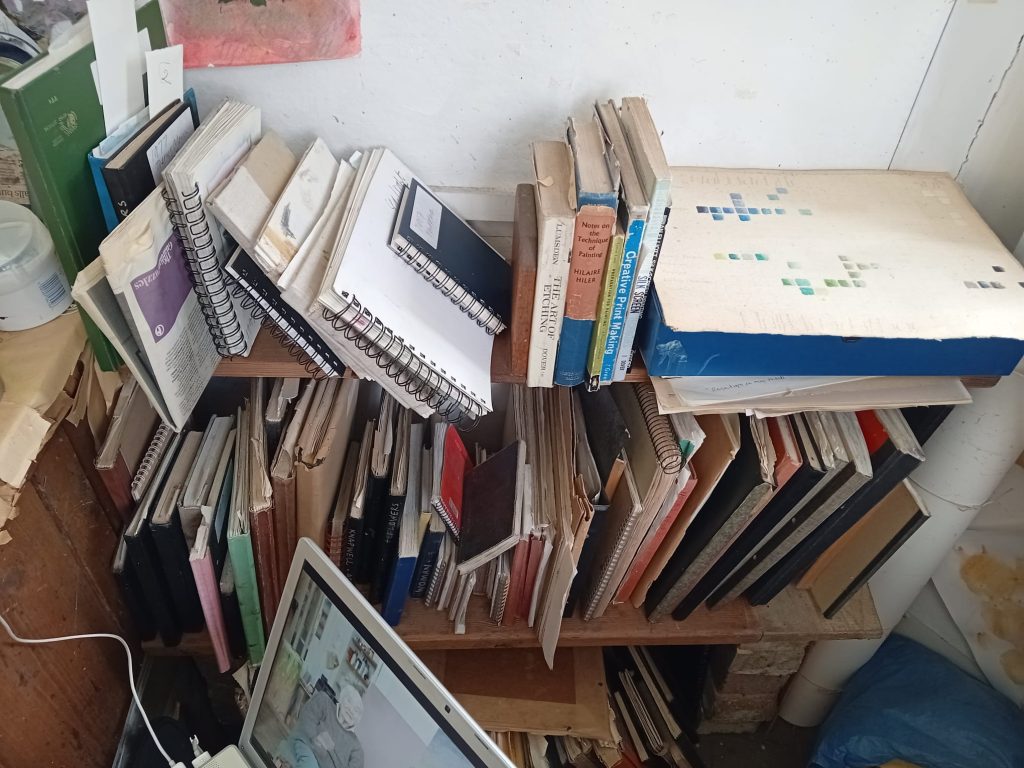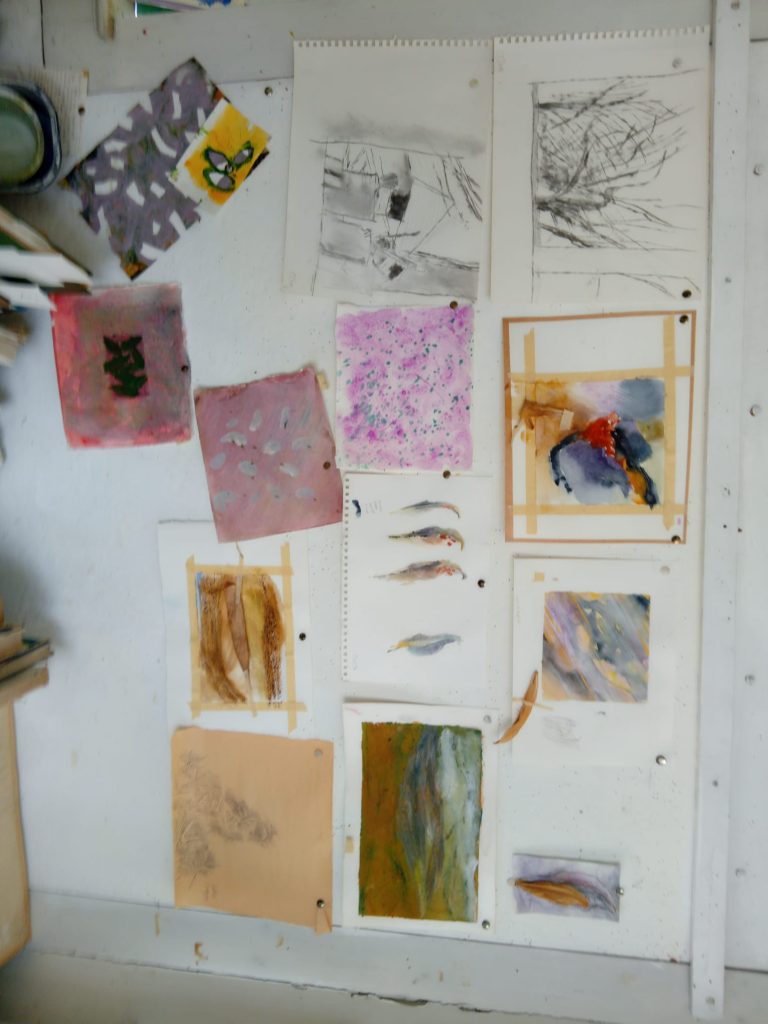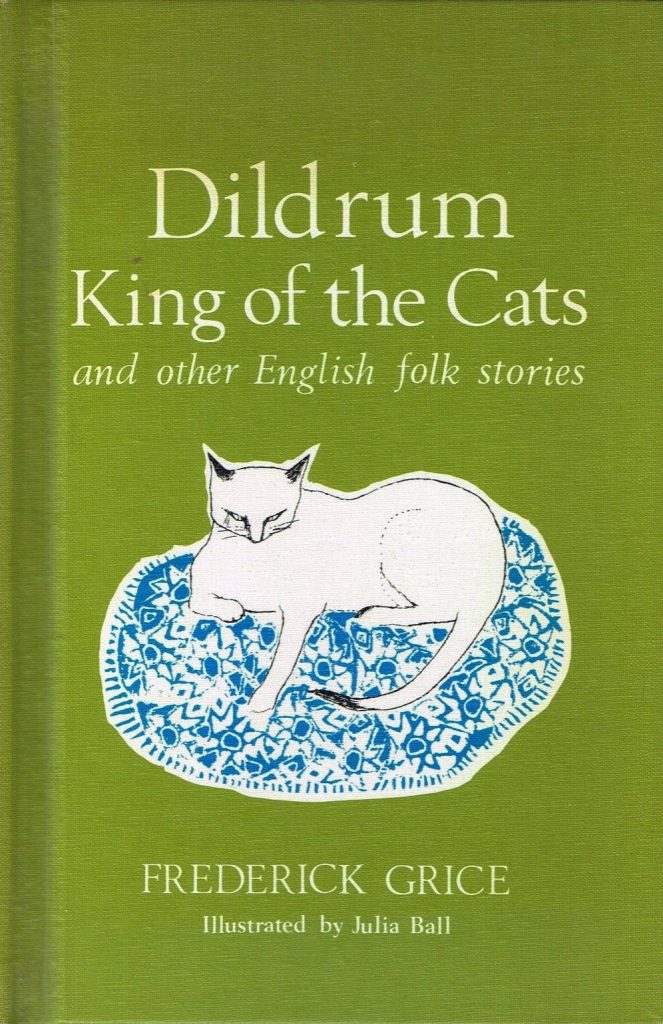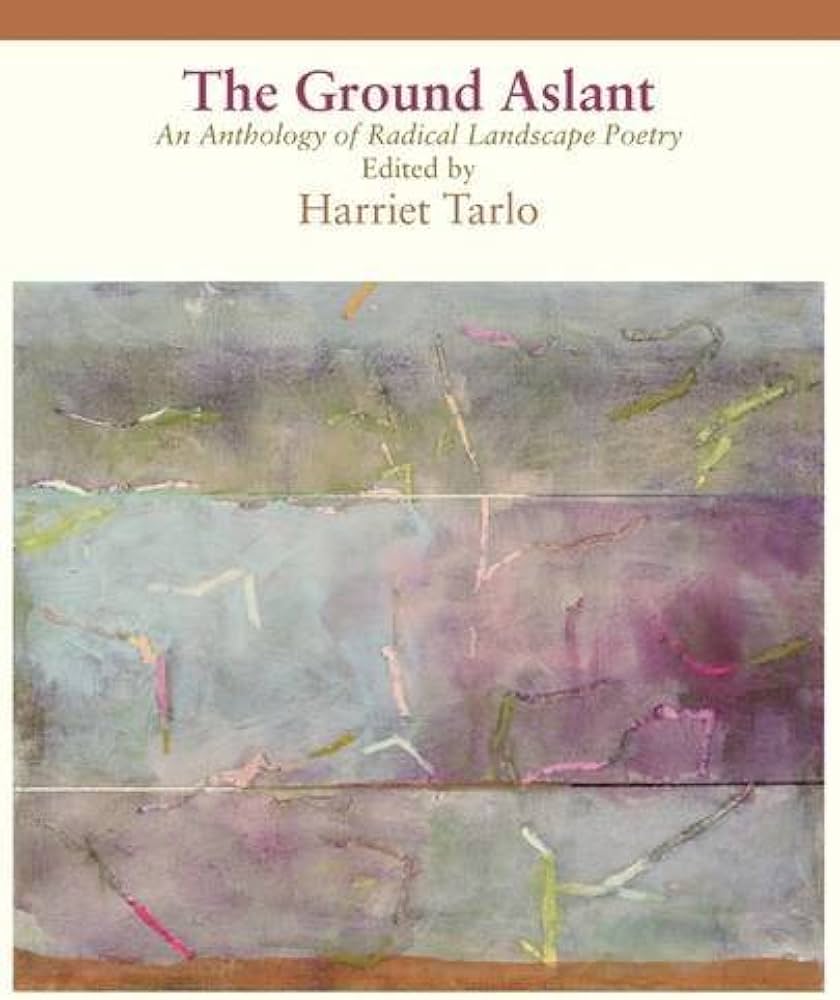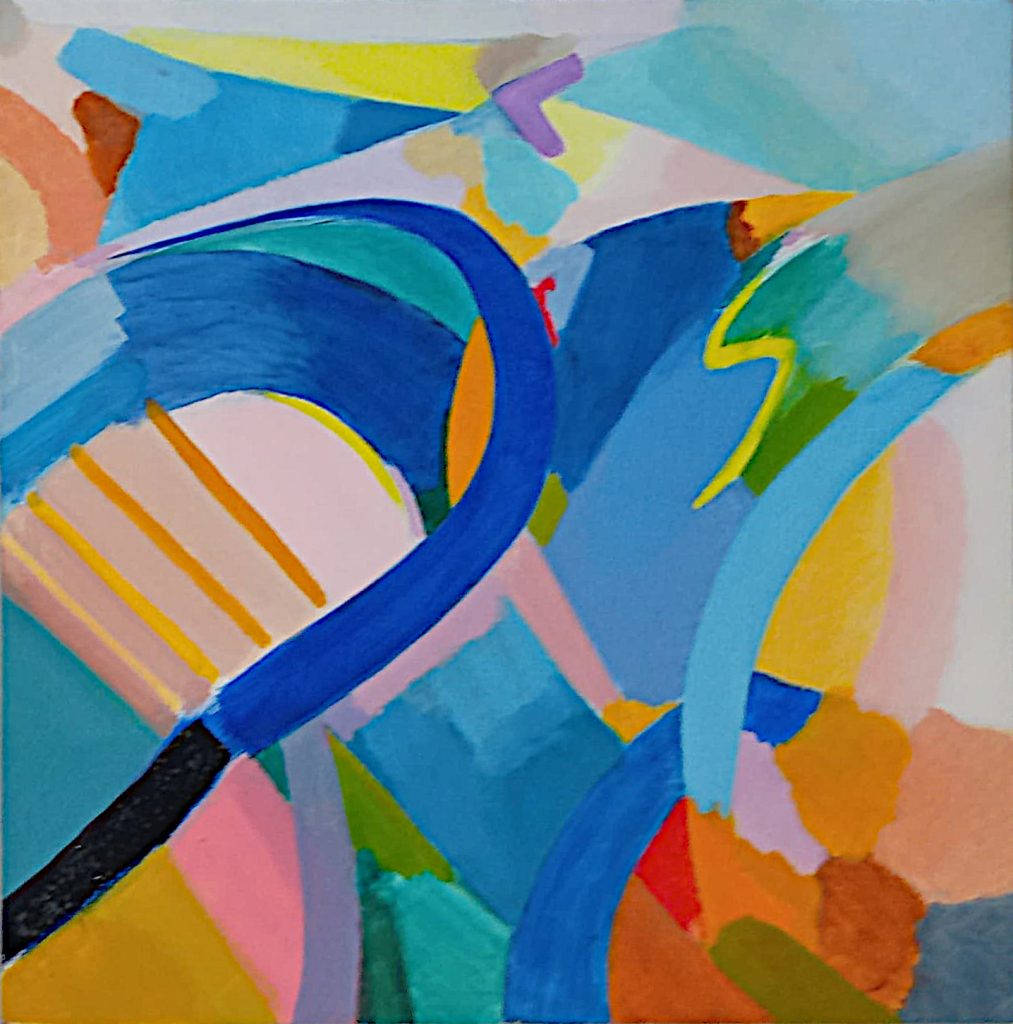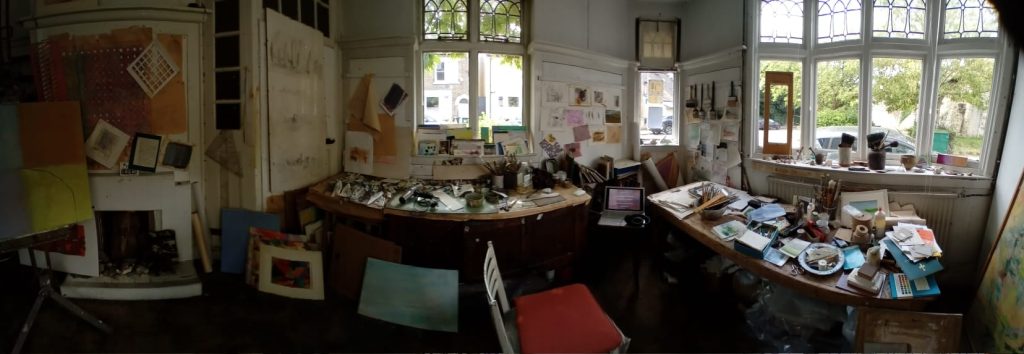Julia Ball was a name known to most interested in art in Cambridge. Her home off Newmarket road was been the site of various Open Studios over the years. The scheme was started by a group of artists in the Cambridge Society of Painters and Sculptors. Over the years a series of potters and other local painters turned it into the Cambridge Open studios, Julia being one of these.
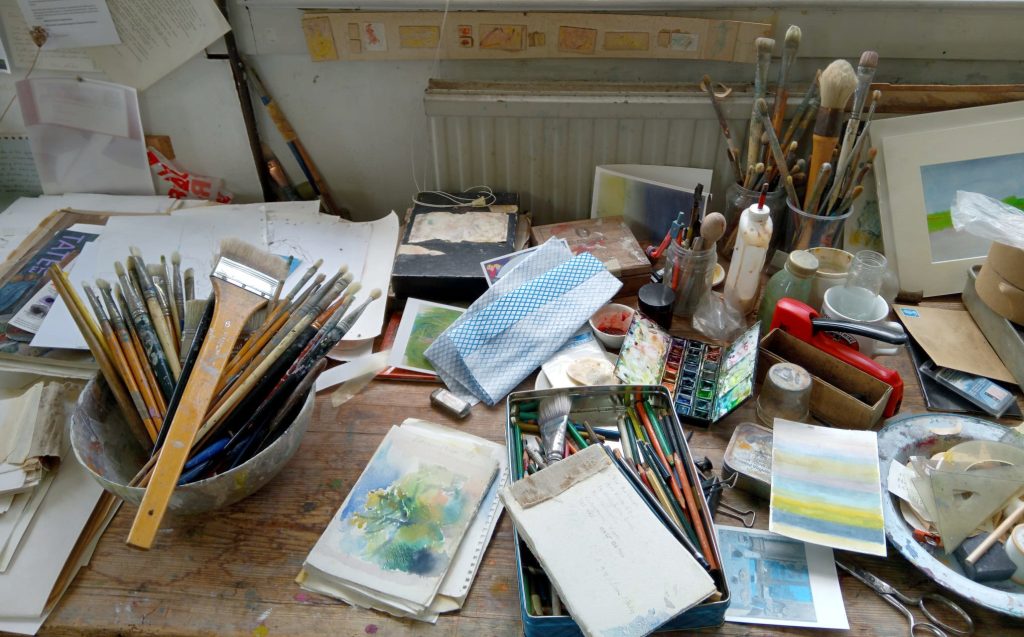
Ball was born in Devon in 1930, and studied at the School of Art at Reading University where she studied printmaking. A lot of her early career was in printmaking and illustration. She then moved to Cambridge, teaching at the school of art and then became an examiner in the 1970s working with Warwick Hutton marking work. There were a large amount of prints made during the 1960s, of abstract architectural details and seascapes and she would also let other local artists use her printing presses to produce their work.
Julia Ball’s linocuts and relief prints for the most part are strongly architecturally structured interpretations of Byzantine and Greek churches, in muted colours and most pleasantly done. They are drawings done with self-assured skill, and while not in the least profound, they are intellectually satisfying and highly decorative. The Oxford Magazine, 1965
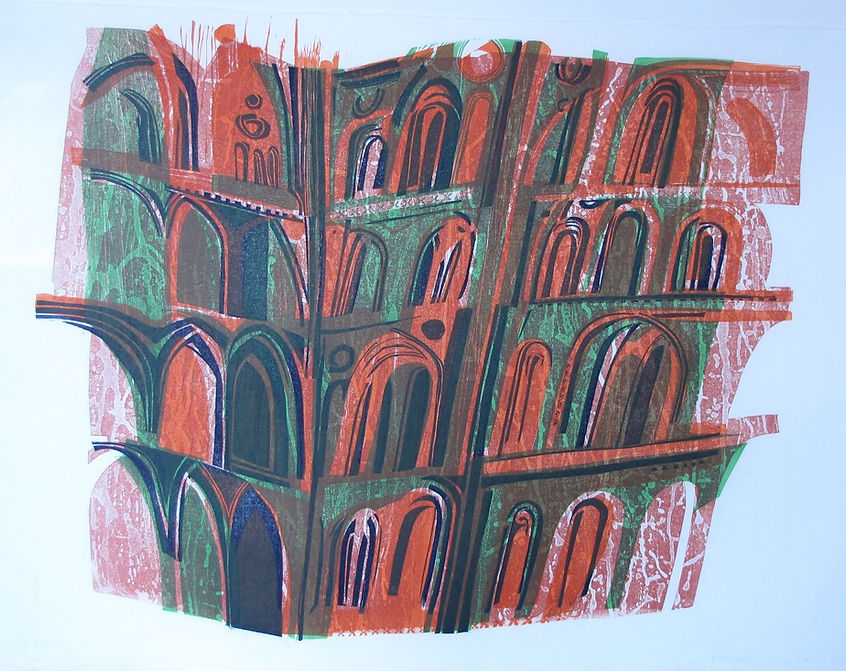
Ball illustrated Dildrum King of the Cats for Frederick Grice and Julia did illustrations for the Cambridge literary magazine, Delta in 1969. Over the years she would illustrate many poetry books too, from Harriet Tarlo, Peter Riley and The Ghost of Jimi Hendrix at Stokesay Castle by John James.
Her move to Cambridge also signalled a move into painting when she was in her forties inspired by various painters such as Sonia Delaunay. In the early 1970s she travelled to Iran where a series of dome paintings were made in abstract vivid colours.
In Cambridgeshire Ball became friends with Nan Youngman and joined the Painters and Sculptors society. Early members where Cecil and Elisabeth Collins, Bettie Rea, and Elisabeth Vellacott. In this company and with Nan’s natural talent as a promoter from her years running the Pictures for Schools exhibitions, she helped make many of the local artists well known.
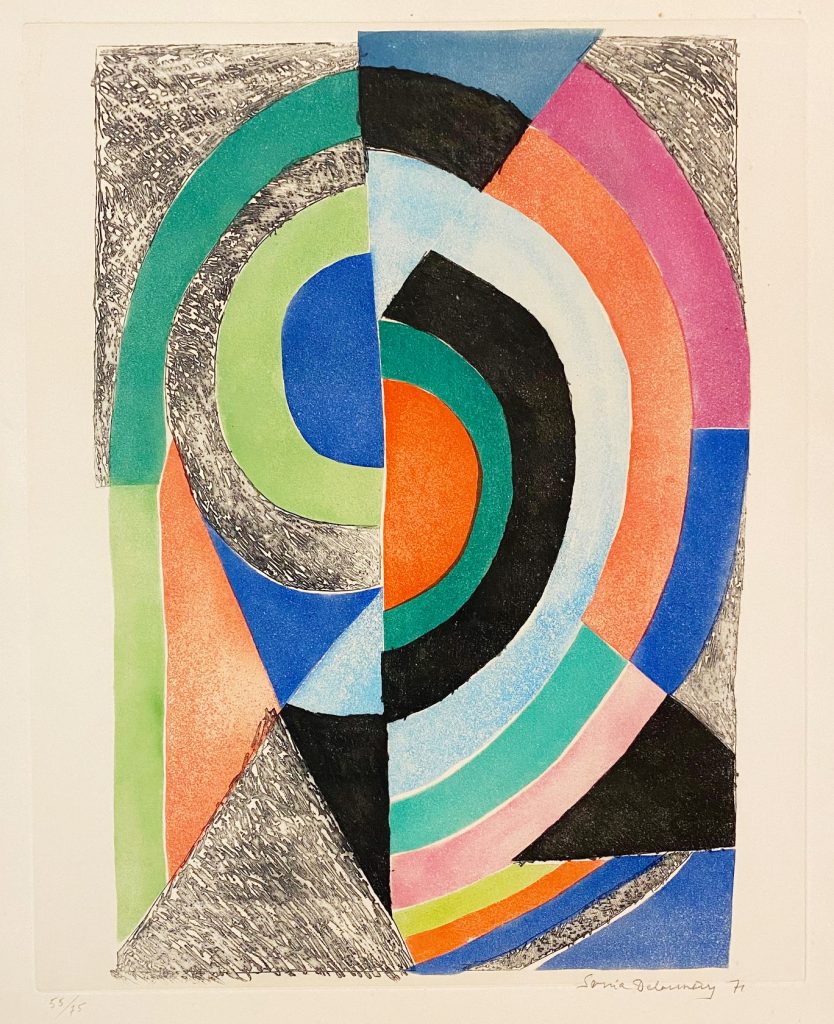
Many of the Cambridge artists would holiday and paint plein air on the North Norfolk coast and Youngman used to take painting holidays there with friends. Some of Balls early painted works can be seen of beaches and dunes around Brancaster and Titchwell.
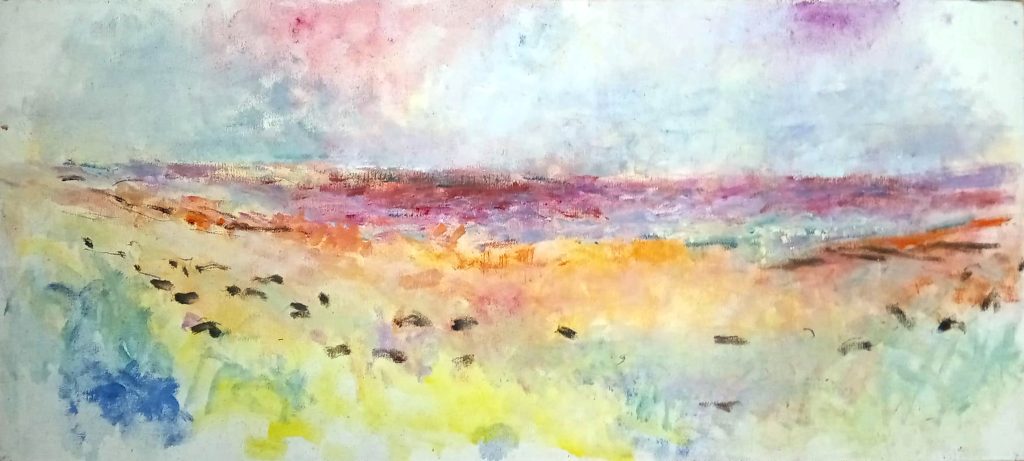
Ball then started to use the flatness of the landscape around Cambridge in a series of abstract colourful landscapes, partially in the fens. Into the 1980s, these landscapes were focused on the fenland waterways of Wicken Fen and Quy Fen showing the long ditches and fields in all weather conditions throughout the year. Ball would work painting watercolours and then taking them to her studio to be worked up into larger pieces. Throughout her career she has always used a very similar palate of colours that are mixed when painting.
In 1983 she visited the Greenham Common anti nuclear women’s camp. When asked many years later about her feelings she said “It was also a place where I think … you didn’t talk about it very much unless people asked you. It wasn’t something that you could personally claim pride in. I mean, I know, I thought I had to be careful, not careful, but I was aware that it was something deeper than that. You weren’t just being a heroine, or hero, it was more fundamental. And that sort of boasting about it would be detrimental to the whole thing. It wasn’t boasting, it was just part of your life.
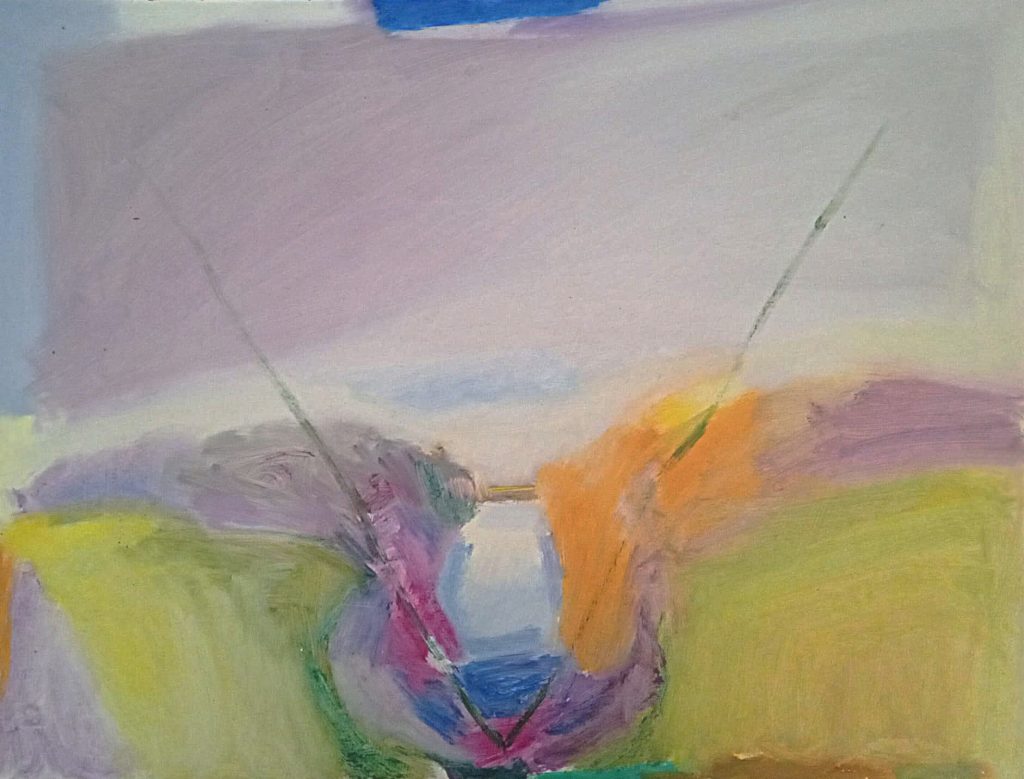
Over her life she had many exhibitions, most notably including at the Bluecoat Gallery – Liverpool, 1978; Kettle’s Yard – Cambridge, from 1980 with the Cambridge Society of Painters and Sculptors; Karen Wright’s Hobson Gallery, 1982, University of Nottingham, 1986; New Hall College, Heffer’s Gallery and the Lynne Strover Gallery, Fen Ditton in 1994.
Her studio sale in 2024 was a celebration of her work.
